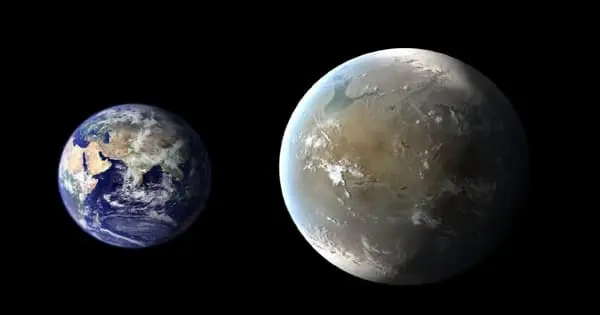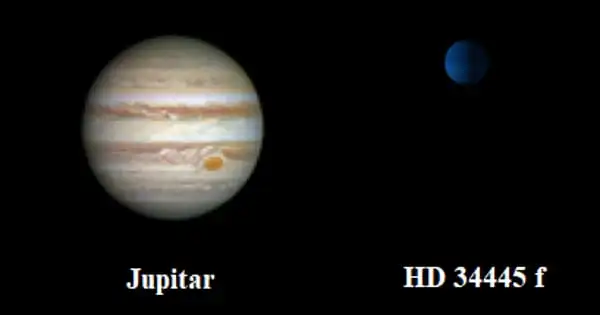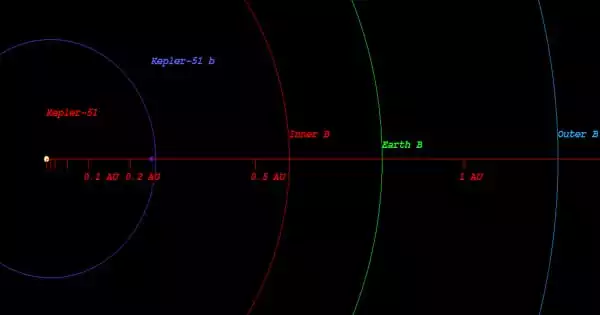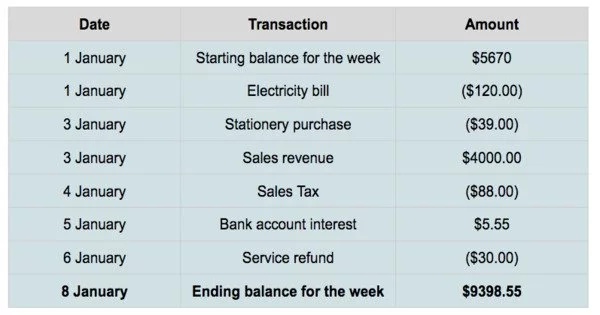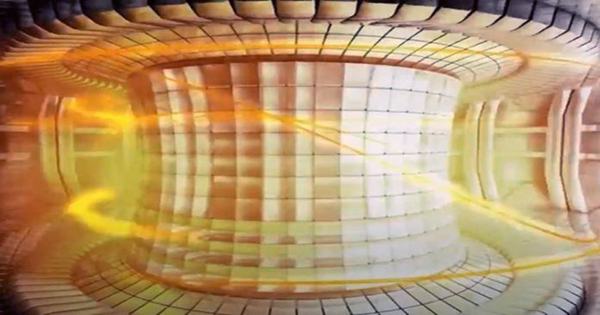83 Leonis is a binary star system in the constellation Leo that is approximately 59 light-years away (the Lion). The system’s primary star is a cool orange subgiant star, and the secondary star is an orange dwarf star. The two stars are at least 515 astronomical units apart from one another. Both are thought to be cooler than the Sun.
83 Leonis Bb, also known as HD 99492 b, is an extrasolar planet located in the constellation Leo about 59 light-years away (the Lion). The planet was discovered in January 2005 by the California and Carnegie Planet Search teams, who detect planets using the Doppler spectroscopy method. It orbits the star in a close orbit, completing one orbit in about 17 days.
83 Leonis Bb is an extrasolar planet approximately 59 light-years away in the constellation of Leo. The planet was discovered in January 2005 by the California and Carnegie Planet Search team, who use the Doppler spectroscopy method to detect planets.
83 Leonis AB is a wide binary star system located approximately 57.6 light-years (ly) from our Sun, Sol, in the southeastern part of the Constellation Leo, the Lion, south of Sigma, Iota, Theta (Chertan), and Delta Leonis (Zosma); west of Zavijava (Beta Virginis); north of Phi Leonis, and east of Alpha Sextantis. Both stars belong to the HR 1614 supercluster and stellar moving group. In 1936, another visual object with an angular separation of 90.3″ and a position angle of 188° was often designated as “C,” but it could be an optical companion.
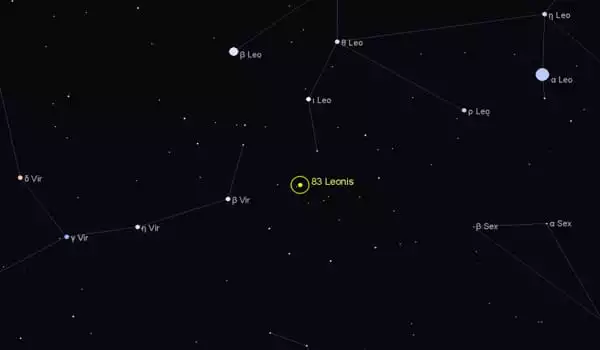
Astronomers announced the discovery of a planet “b” (now calculated to have at least 27.6 times the mass of Earth) orbiting Star B in January 2005. On November 17, 2010, a team of astronomers (including amateur astronomer Peter Jalowiczor, who volunteered to analyze radial velocity data) published a pre-print on the discovery of a second giant planet “c” with at least 114 Earth-masses around Star B.
In the 83 Leonis AB stellar system, 83 Leonis B is the companion to 83 Leonis A. It is a K2 V-IV spectral and luminosity type orange-red main sequence dwarf to subgiant star. The star has 88 percent of the mass of Sol, approximately 81 percent of its diameter, and approximately 24 percent of its visual luminosity. Astronomers announced in January 2005 the discovery of a planet with at least 36 times the mass of Earth-orbiting Star B.
The water-zone orbital distance for 83 Leonis B may be centered around 0.49 AU (between the orbital distances of Mercury and Venus), with a period of about 133 days — 36.6 percent of an Earth year. The presence of a large planet with at least 36 Earth-masses at 0.12 AUs, on the other hand, would most likely disrupt the orbit of such an Earth-type planet. Astronomers would have a difficult time detecting such planets using current methods.

